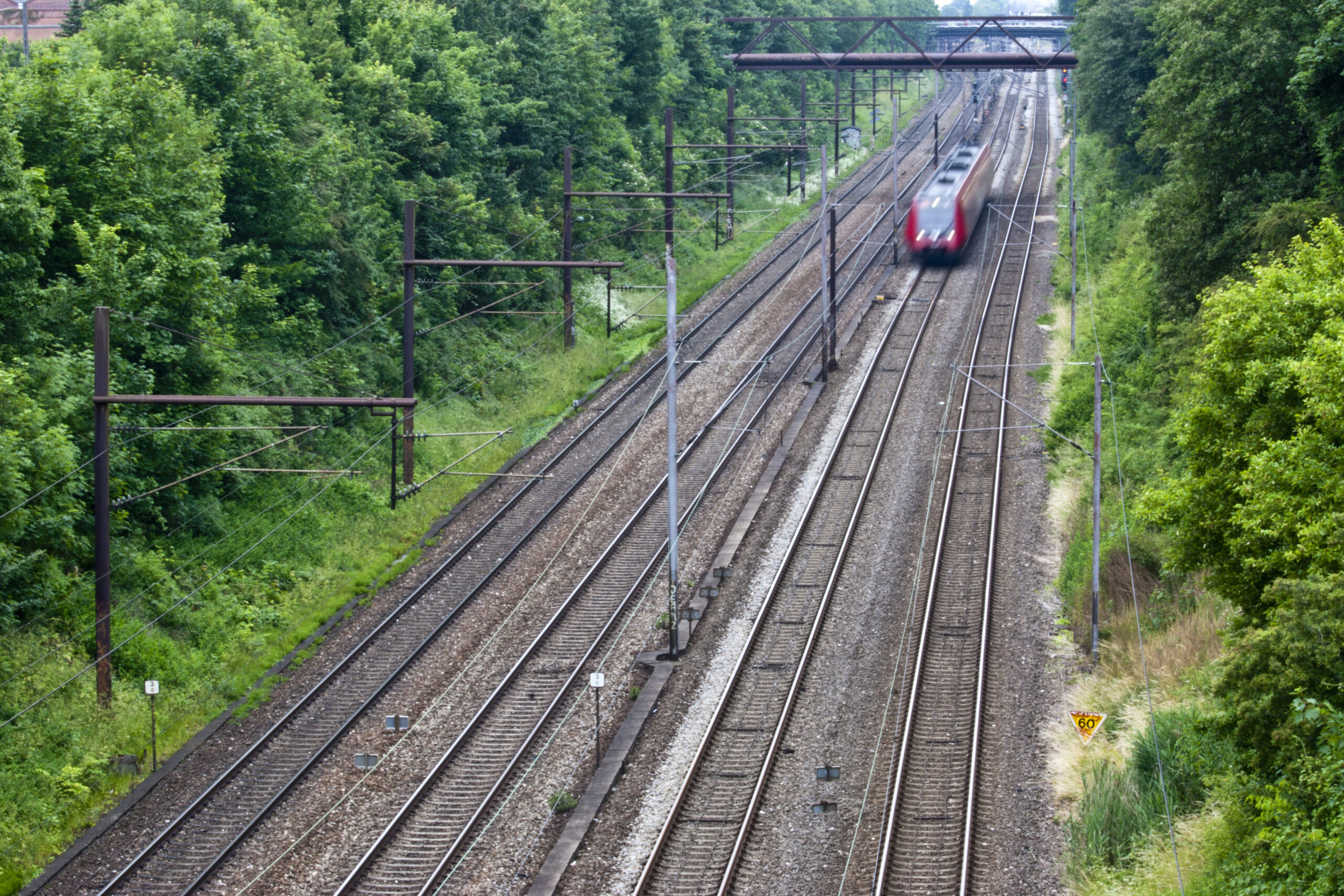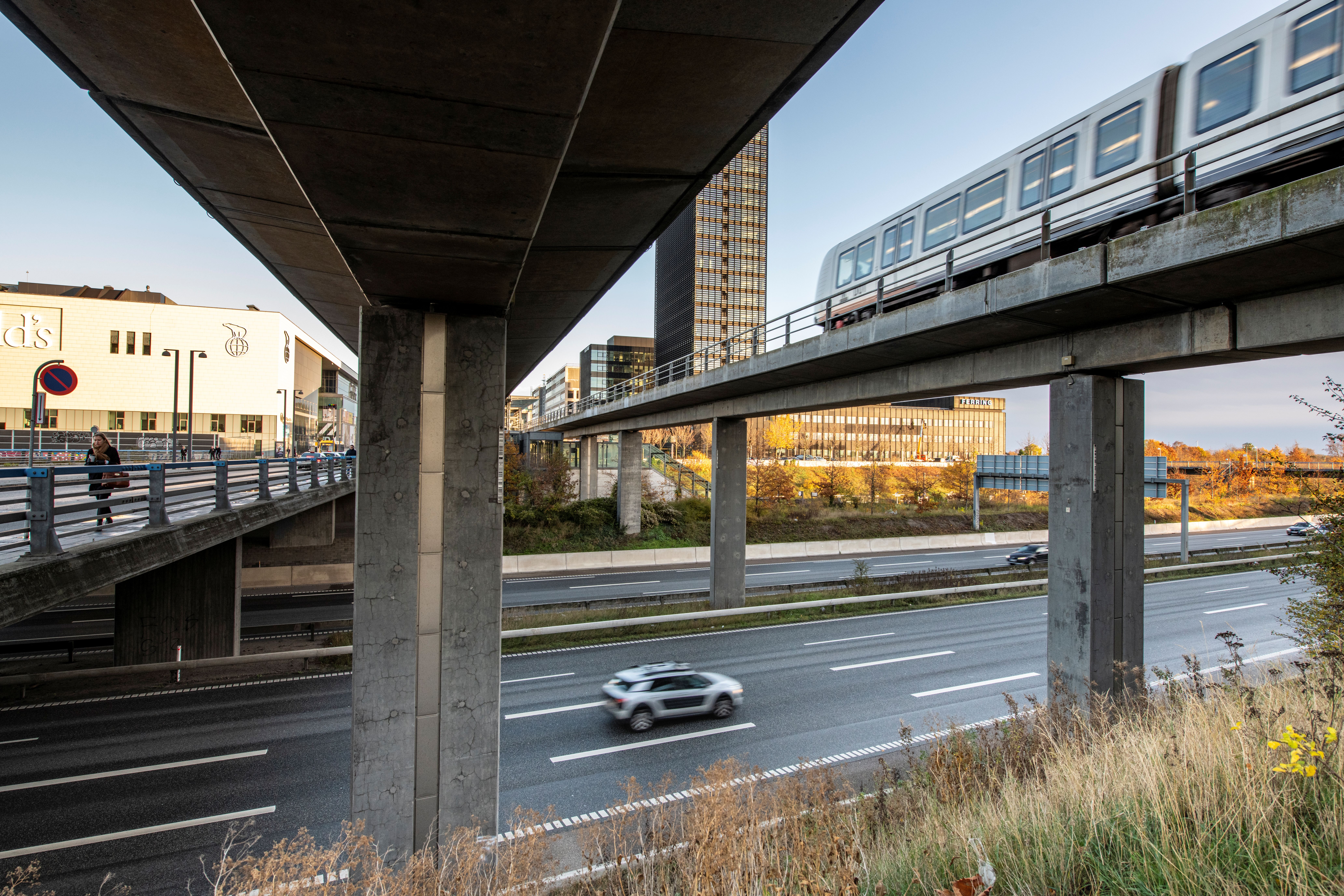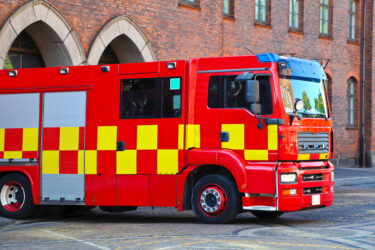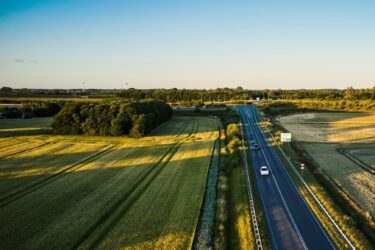BETTER CONNECTIONS CAN STRENGTHEN PUBLIC TRANSPORT
Car transportation constitutes a significant portion of the CO2 footprint in Denmark, and therefore, we need to consider solutions that strengthen public transport. Furthermore, many previous analyses have indicated that one of the ways to reduce congestion problems in the *urban fingers of Copenhagen metropolitan area, is to improve connections across these fingers. Additionally, this can help create new opportunities for a cohesive labor market and new residential options in the region.
SYSTRA Denmark has therefore conducted a strategic analysis for Halsnæs Municipality, exploring various options to connect the western part of North Zealand with the S-train network.
FOUR MAIN SCENARIOS
SYSTRA has outlined four main scenarios at an overall level for various possible alignments and connection options to improve the train connection to Halsnæs.
The four scenarios are based on a wide range of possible alignments and connection options, which SYSTRA has evaluated based on advantages and disadvantages in relation to what is technically feasible and in perspective with existing knowledge about commuter patterns, traffic flows, and known urban development in the area, future plans for the S-train network, and the development of material.
The four main scenarios are:
- Double track Hillerød – Frederiksværk
- S-train Hillerød – Hundested
- Local train connection between the Frederiksværk Line and the Frederikssund Line, possibly extended to Roskilde
- S-train connection between the Frederiksværk Line and the Frederikssund Line
Based on these scenarios, SYSTRA has conducted an overall level analysis of the advantages and disadvantages in relation to:
- Travel time between Frederiksværk and selected destinations
- Frequency improvement on existing lines
- Reduction of road traffic on selected routes – and thereby possible positive effects on climate and environment
- Construction economics
The strategic analysis is initially a screening process, where qualitative considerations are used to identify which scenarios are best suited for further development in a later phase, where quantitative assessments can be conducted.
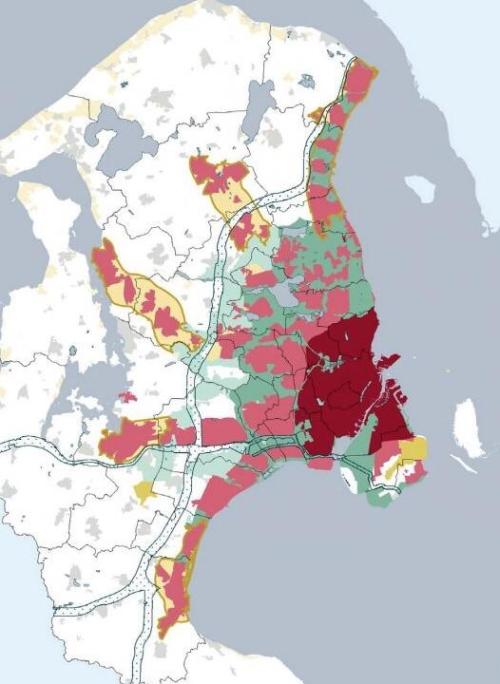
*The term ‘urban fingers’ relates to the Finger Plan, which has provided the overarching framework for physical planning in the Greater Copenhagen area since 1947. The 34 municipalities in the capital region must adhere to the Finger Plan’s regulations, principles, and land designations in their municipal and local planning.
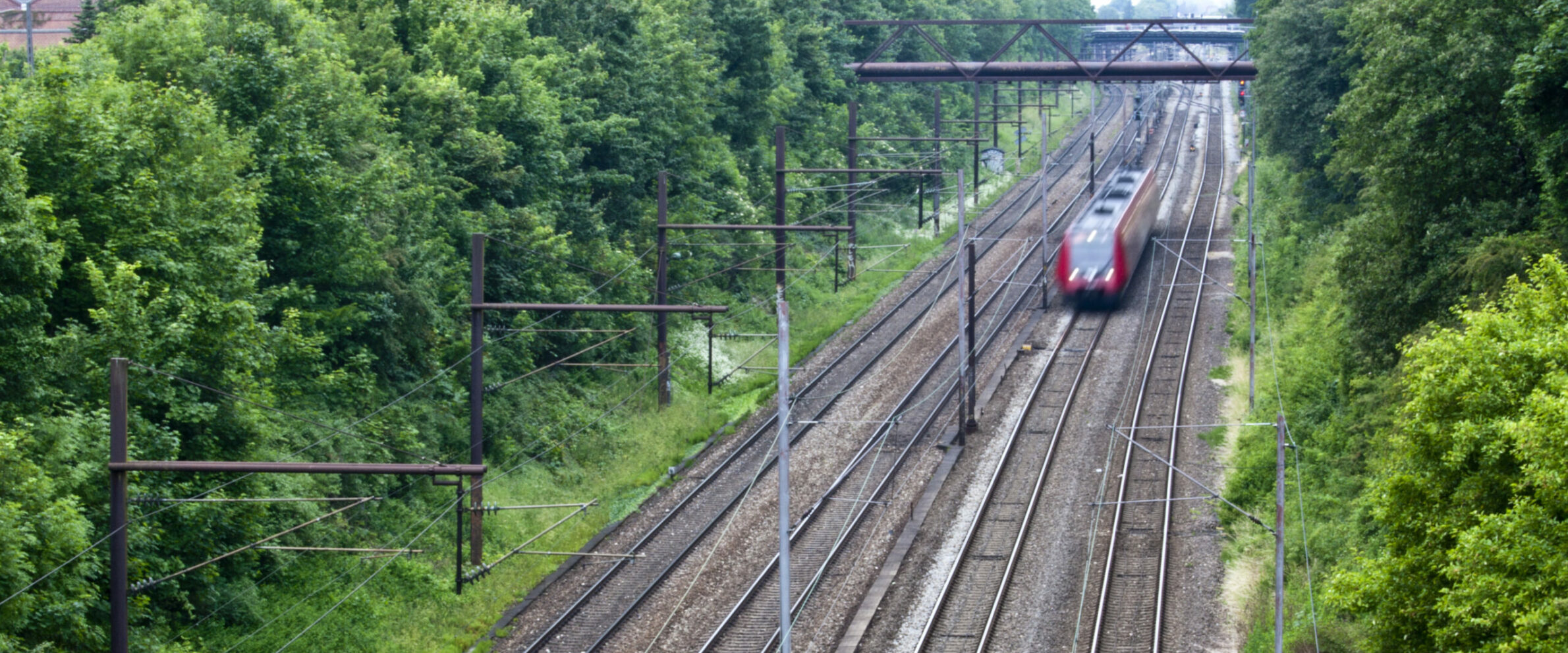
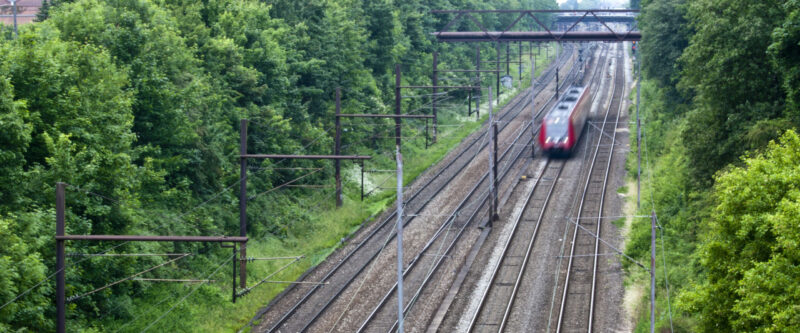
 Australia
Australia  Brazil
Brazil  Canada
Canada  Chile
Chile  China
China  Columbia
Columbia  France
France  India
India  Indonesia
Indonesia  Ireland
Ireland  Italy
Italy  Malaysia
Malaysia  New Zealand
New Zealand  Norway
Norway  Panama
Panama  Peru
Peru  Poland
Poland  Portugal
Portugal  Saudi Arabia
Saudi Arabia  Singapore
Singapore  South Korea
South Korea  Spain
Spain  Sweden
Sweden  Taiwan
Taiwan  Thailand
Thailand  Türkiye
Türkiye  United Kingdom
United Kingdom  United States
United States  Vietnam
Vietnam 